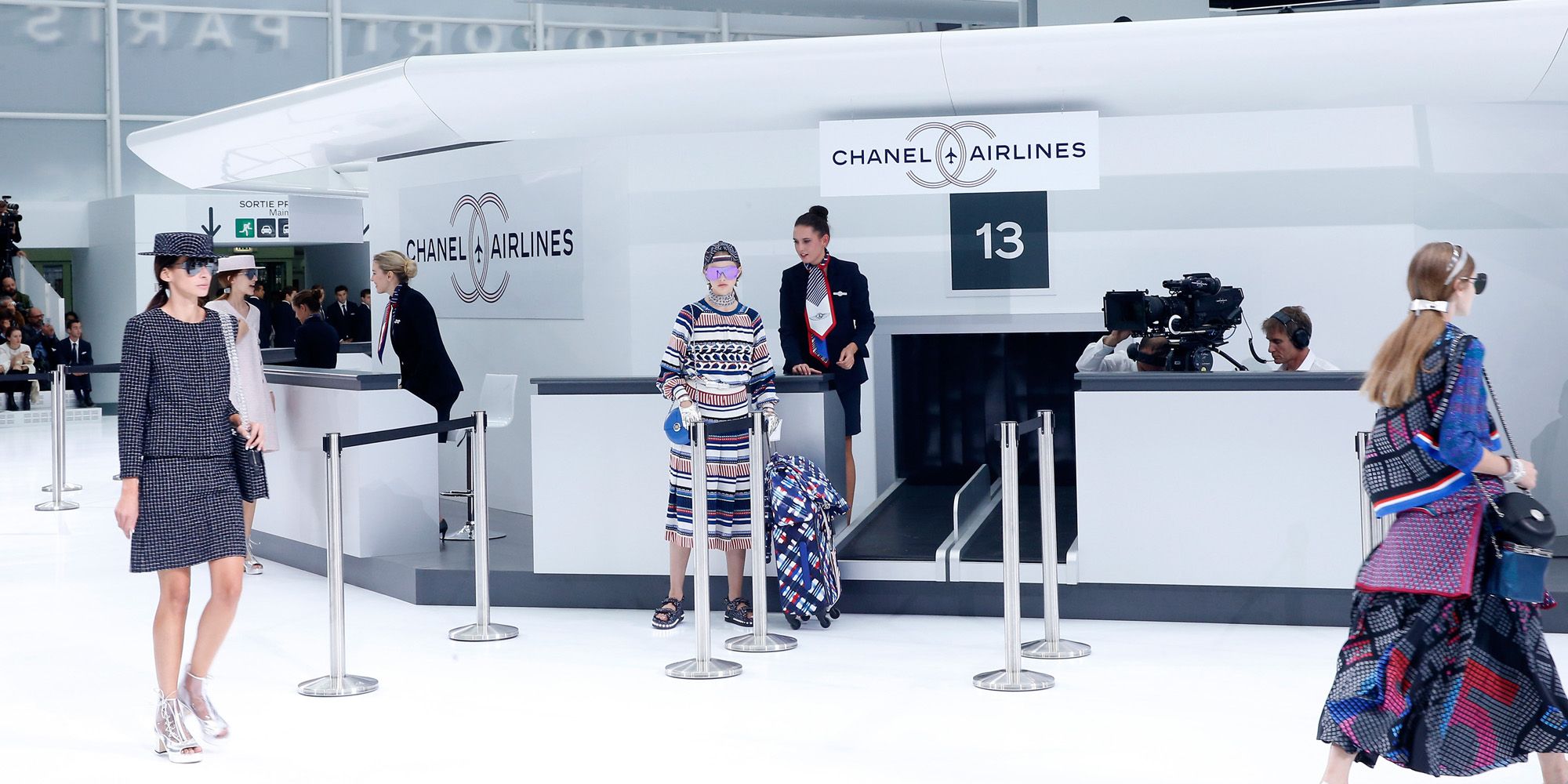One of the most curious things about fashion is that, somehow, we tend to concentrate on the high-end aspect of it. Normally, when we think of fashion, we think of high-fashion brands and the luxurious—and mostly unattainable—lifestyle that they embody, but never really as something that exists in the masses. Fashion tends to be thought of as a sort of “special” phenomenon that occurs under certain situations but not as an ongoing practice that we engage in on a daily basis. However, and even though this aspect of fashion has been largely ignored throughout history, fashion is something that occurs everywhere and everyday, and these aspects of it shouldn’t be ignored.
In the academic world, these two have been gaining more and more attention recently, with scholars studying the way in which fashion trends produced “at the bottom” have been adopted by high-end brands and fashion designers. The classical example of this would be Vivienne Westwood’s adoption of punk style in the design of her runway collections in the 1970s. Additionally, scholars have also tried to understand daily dress practices in which people engage by, for example, studying the relationship of wardrobe organization and how people get dressed, like Sophie Woodward does in her book Why women wear what they wear, or the way in which people choose to dress to go to work in order to portray a certain type of message, like Joanne Entwistle does in her book The Aesthetic Economy of Fashion.
It is definitely not only the scholars who have been taking on these ordinary aspects of fashion lately. As many of you might have noticed by now, designers are adopting trends “inspired by the masses” more and more often, and it is not rare to see the runways flooded with designs that reflect the daily lives of what one would consider to be “normal people.”
One of the cases I find the most interesting is that of Karl Lagerfeld in the recent collections he has produced for Chanel’s ready-to-wear line, which, far from being ordinary in themselves, have a very clear link to ordinary and everyday life. If you’ve seen something about te runway shows for these collections, you might remember them being staged in a beautiful Parisian café, in a sort of airport—like it happened only last week at Paris Fashion Week—or, probably most memorable, in a supermarket. And this is an interesting take in the whole point about ordinariness, especially as Chanel is one of the high-end fashion brands that has managed to continue being everything than ordinary.

While we see a delicious minimalism in the designs of, say, Isabel Marant or Phoebe Philo for Céline, Chanel definitely doesn’t resemble them. Especially as Lagerfeld’s recent language has separated from that of Mademoiselle Chanel, we see garments and accessories that lose any kind of minimalism and ordinariness in them. Most Chanel garments cost at least thousands of dollars, making them unaccessible for most “ordinary people” in their daily lives; and Chanel bags continue holding a high prestige that many once-desired fashion brands have lost in recent years. More importantly, it seems—to me at least—quite satirical that these women engaging in “everyday activities” are far from the people we often see in airports or grocery stores. I mean, who would actually travel wearing Chanel head-to-toe, high heels, and even leather gloves? Not me, definitely, and I am well dressed compared to about 90% of the people I often see at the airport when I travel—not to even mention a Sunday-morning run to the grocery store…
In any case, I think the way in which Lagerfeld has been playing around recently with the concept of ordinariness is really interesting. Of course, he might be acknowledging that fashion is everywhere and no one can escape it—and I think he is quite the appropriate person to do so—but, then again, he is also playing from a privileged position within the fashion system and from one of the most prestigious fashion houses to ever exist. But I do like his language. And I like, even more, that he keeps me thinking and trying to figure out what he’s doing every time he produces a new collection. And I do love him for that!
